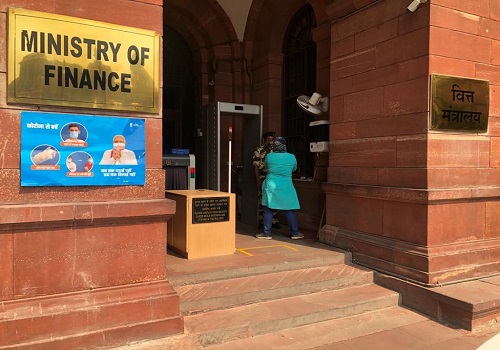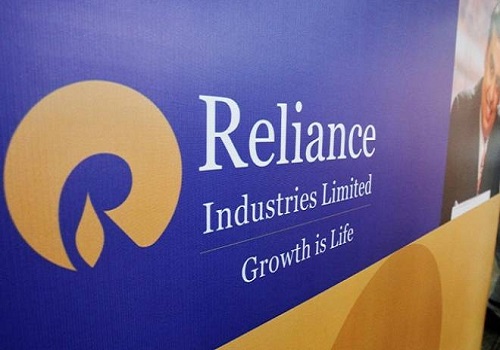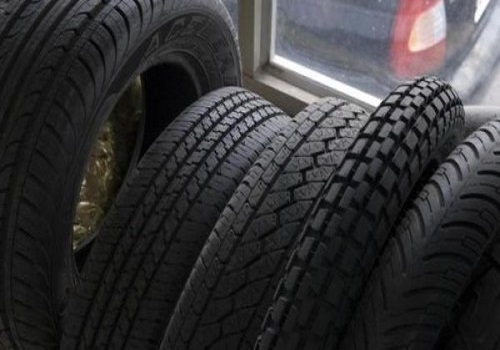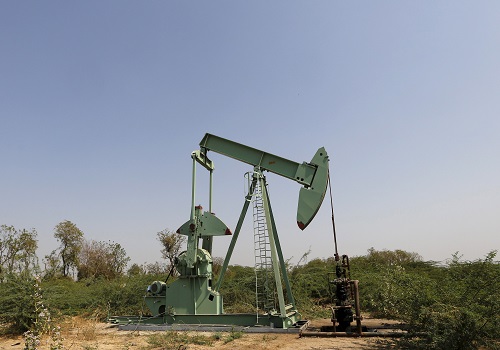Governments PAT scheme saves 24.3mn tonnes of Oil Equivalent: FinMin

The India Economy Review prepared by the Ministry of Finance on Monday said that Perform Achieve and Trade (PAT) scheme -- an energy savings-based market mechanism -- has resulted in savings of about 24.3 million tonnes of Oil Equivalent, translating into avoiding about 105.02 million tonnes of CO2 emissions by 2022.
The review said that the Energy Conservation Act was amended in 2022 to pave the way for establishing a domestic carbon market - the Carbon Credit Trading Scheme (CCTS), which will further deepen the efforts to incentivise energy saving, reduction and abatement of emissions.
It said that achieving high resilient growth while ensuring sustainable and inclusive livelihood options for all remains a priority for the country.
“Accepting the need for contributing to the collective action to address climate change in the context of the United Nations Framework Convention for Climate Change (UNFCCC) and the Paris Agreement, India has adopted a comprehensive approach that addresses adaptation, resilience building and mitigation action as part of its contribution to the global response to climate change despite its low historical contribution to global carbon stock,” the review said.
It said that it is worth noting that, per capita, India will remain a low emitter for quite some time to come.
“In 2015, the government unveiled its first Nationally Determined Contributions (NDCs) at the UNFCCC, outlining ambitious goals for mitigating climate change,” it said.
The review said that among these targets were a 33 to 35 per cent reduction in the emission intensity of India's GDP by 2030, achieving 40 per cent cumulative electric power capacity from non-fossil fuel sources and creating an additional carbon sink through expanded forest and tree cover.
“Against these goals, India has already met the targets of building non-fossil fuel-installed electricity capacity, reaching 43.9 per cent in November 2023 (up from 32.3 per cent in 2014 and 30.4 per cent in 2004),” the review stated.
It said that the reduction in the emission intensity of the economy was 33 per cent by 2019 from 2005 level.
“An additional carbon sink of 1.97 billion tonnes of CO2eq has been created by 2019, which is higher than the 2005 level,” the review said.
It said that the high pace of implementation formed the basis for updating the NDC in 2022 - which set a revised target of achieving 50 per cent cumulative electric power installed capacity from non-fossil sources, reduction in the emissions intensity of GDP by 45 per cent from 2005 levels and promoting a healthy and sustainable way of living through a mass movement for LiFE – Lifestyle for Environment.
The review further claimed that the speedy implementation of the targets has been possible due to the ambitious expansion in the installed non-fossil fuel capacity in India, which has more than doubled in the last nine years, increasing from 80.3 GW in March 2014 to 187.06 GW in November 2023, an increase of around 106.76 GW as against an increase of only 46.2 GW between 2004-2014.
“India's installed solar energy capacity has increased by more than 25 times, from 2.63 GW in March 2014 to 72.3 GW in Nov 2023,” the review said.
It said that policy incentives, including schemes for solar parks, rooftop solar, and energy-efficient lighting, have played a crucial role in advancing renewable energy and improving efficiency.
“Initiatives like Pradhan Mantri Kisan Urja Suraksha Evam Utthan Mahabhiyan (PM-KUSUM), Pradhan Mantri Ujjwala Yojana (PMUY), and others have collectively contributed to significant achievements,” the review said.
It said that the cumulatively, more than ten crore LPG connections have been released under PMUY and over 36.86 crore LED bulbs, 72.18 lakh LED Tube lights, and 23.59 lakh Energy efficient fans distributed under UJALA, and over 1.30 crore LED Street Lights under SNLP92 have been installed across India.
























